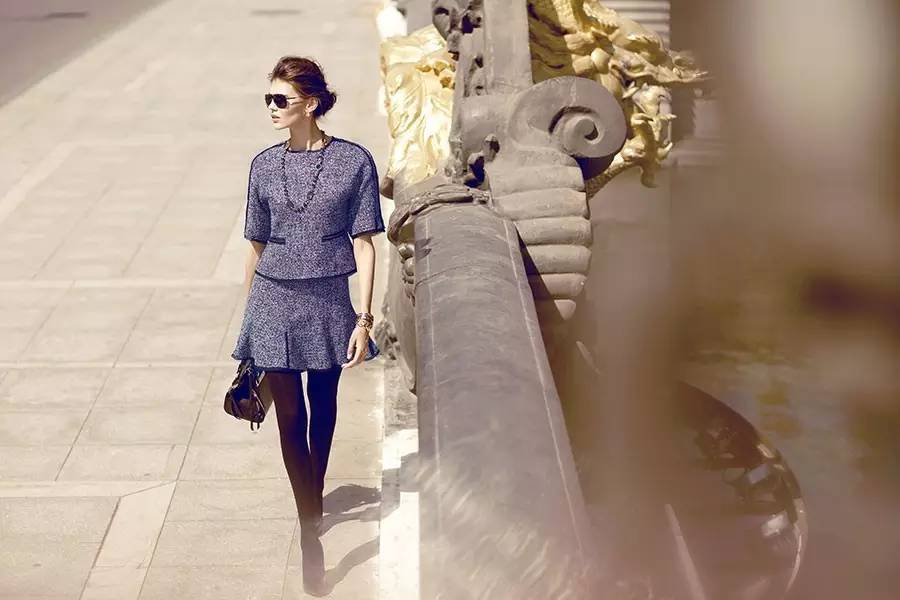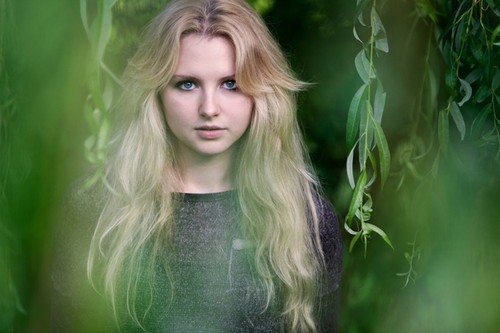Table of Contents
Application of Exposure Compensation Function
Set the exposure value according to the light and shade
- Since the digital camera can roughly see the brightness of the scene from the LCD screen when shooting. Especially when the shutter is pressed halfway, the picture will show an approximate final image. At this time, pay attention to its picture effect and brightness. If it is obviously brighter or darker, it means that the camera’s automatic metering accuracy has a large deviation, and it is necessary to force exposure compensation. However, sometimes, the brightness displayed when shooting is different from the actual shooting result.
- Since the digital camera can browse the picture immediately after shooting, at this time, the brightness of the shot picture can be seen more accurately, and there will be no discrepancy. If the result of the shot is noticeably brighter or darker, take another shot to force exposure compensation.
- When performing exposure compensation, if the photo is too dark, increase the EV value. Every 1.0 increase in EV value is equivalent to doubling the amount of light ingested. If the photo is too bright, you need to reduce the EV value. Every 1.0 decrease in EV value is equivalent to doubling the amount of light ingested. The compensation interval can be adjusted in 1/2 or 1/3 units according to different cameras.

Exposure Compensation Value
- The shooting environment is dark, and the brightness needs to be increased. When the flash does not work, you can compensate for the exposure and increase the exposure appropriately. For example, the statue of Jesus in a church shot outdoors through a window is difficult to see clearly with the human eye without any lighting. The photographer added +2.0EV exposure compensation, without flash, the effect is clearer than the naked eye.
- When the white object being photographed looks gray or not white enough in the photo, increase the exposure. Simply put, it is “more white and more”. This seems to run counter to the basic principles and habits of exposure, but it is not. This is because the camera’s metering tends to focus on the subject in the center, and the white subject will make the camera mistakenly think that the environment is bright, resulting in underexposure. This is also a common problem that most beginners are prone to. White subjects are easy to cause underexposure, and the exposure should be increased.
- When you are shooting in front of a very bright background, such as a sunny window, a backlit scene, etc., increase the exposure or use a flash. When shooting this pavilion in backlight, in order to avoid the darkness inside the pavilion, +1.0EV exposure compensation was added, and the effect was very good.
Exposure values for different locations
- When you are shooting people on the beach, snow, sunny or a white background, increase the exposure and use the flash, otherwise the subject will be dark.

- When shooting a snow scene, the background light is reflected strongly by the snow, and the metering deviation of the camera is particularly large. At this time, the exposure should be increased, otherwise the white snow will turn gray.
- When shooting black objects, when you see the color change and gray in the photo, you should reduce the exposure to make the black more pure.
- When you’re shooting in front of a black background, you also need to lower the exposure a bit to avoid overexposing the subject.
- It is necessary to increase the exposure compensation to obtain sufficient exposure for night scene shooting. For night scene shooting, you should turn off the flash, increase the exposure value, and prolong the exposure time of the camera to achieve the effect of brilliant lights. This is especially important for automatic digital cameras that do not have manual adjustment modes. Many people who use digital cameras feel that the ability to shoot night scenes is very poor. In fact, not using the correct exposure method of the camera is one of the important reasons.
Compensation for flash and exposure
- The combination of slow sync flash and exposure compensation. The flash of some old digital cameras may not have a slow sync mode. That is very unfavorable for shooting people in night scenes. But as long as you use its exposure compensation function, you can get satisfactory results. For cameras that already have slow-sync flash, proper exposure compensation can accentuate the brilliant night lights even more.
- The environment is still bright when it is cloudy and foggy. However, the illumination of the actual object is obviously insufficient. If exposure compensation is not available, it may result in a dark photo. Appropriate exposure compensation, plus 0.3 to 0.7 can make the scene brightness more natural.

- In some artistic photography, such as taking high-key photos, it is necessary to increase the exposure compensation to form a photo with a large contrast. So as to better express the author’s shooting intention. Similarly, at some point, if you need to deliberately reduce the brightness of the photo, you should reduce the exposure compensation.
The Cifficulty of Using Exposure Compensation—-Stable Overriding Everything
Exposure compensation in digital cameras is achieved by extending the shutter time or increasing the aperture size. Therefore, after increasing the exposure compensation, pay attention to keeping the camera steady, otherwise the picture will shake and blur.
The clarity of the LCD screen will affect your judgment. When shooting, we can judge whether the image is bright and clear based on the image condition displayed on the LCD screen. However, the clarity of the camera’s LCD screen is different, the viewing angle is different. And its own brightness settings are different, which will affect your judgment.
Usually, the picture seen on the LCD screen is brighter and less contrasting than the result of the shot. A photo that looks good on the LCD screen may actually look dim. Be mentally prepared for this. What it looks like is the clearest, you need to practice more and master the characteristics of your camera.
When shooting conditions are not good, it is best to use a variety of different exposure modes to shoot in order to choose a well-exposed photo in the future. It is worth noting that now, many mid-to-high-end digital cameras have the exposure bracketing function. In this mode, the photographer can automatically use standard, high and low exposure values to take 3 consecutive shots when shooting, and you can choose the best one. This greatly facilitates the shooting, after all, there is no need to shoot multiple times.

Since the shutter time or aperture size of the camera is little, the adjustment range of 2EV is not always possible. Therefore, exposure compensation is not a panacea. It may still be underexposed in too dark environments. At this time, consider matching the flash or increasing the ISO sensitivity of the camera to improve the brightness of the picture.
The Importance of Experience
Practical practice and a solid knowledge of photography are a must for properly adjusting exposure. Before taking more important pictures, make sure that the camera’s exposure compensation settings are correct.
Good application and reasonable use of exposure compensation can greatly improve the success rate of your photography works. Take pictures with clear picture, suitable brightness, comfortable viewing, and improve shooting quality.
The solution described in this article is especially suitable for the majority of friends who have low- and medium-grade home digital cameras. Correct use of this function can greatly compensate for the lack of performance of your equipment in metering.
Different from traditional cameras, the “LCD framing, instant shooting” capability of digital cameras allows you to roughly understand the effect of exposure when framing. Proper adjustments are made in a timely manner to reduce or improve the underexposure or overexposure of the default shot. This will reduce the risk of a failed shot. This process also improves your shooting experience and technique.
